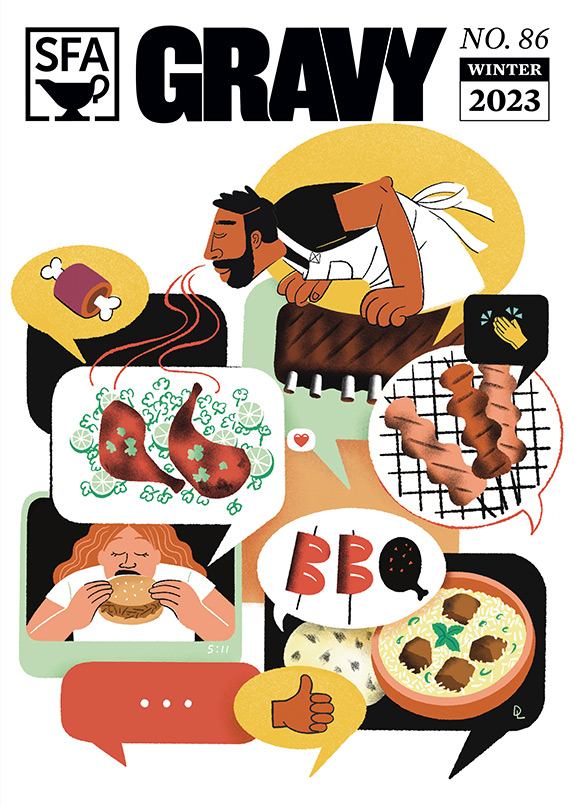Across the Carolinas and in parts of Virginia, people are preparing for the worst from Hurricane Florence. They’re boarding up windows, buying groceries and generators, and evacuating when ordered. These people can work to protect themselves and their homes in many ways, but there’s one hazard they can’t do anything about: pollution from industrialized hog farms.
As NPR reports, “Just inland from the North Carolina coast, right in the path of Hurricane Florence, there’s an area where there are many more pigs than people. Each big hog farm has one or more open-air “lagoons” filled with manure, and some could be vulnerable to flooding if the hurricane brings as much rain as feared…Here’s the really bad scenario: Water starts overflowing and erodes the lagoon wall, causing a wall to collapse, spreading animal waste across the landscape and into rivers.” The Waterkeeper Alliance states that about 10 billion pounds of wet animal waste are produced in the state in a year, which translates into tons of pollution should rainfall compromise the lagoons or dams.
Zoë Schlanger writes for Quartz: “Duplin County, the heart of the North Carolina’s hog country, is one of the poorest in the state. It is disproportionately black and Hispanic compared to the rest of the state, and the smell of excrement seeps into all aspects of routine life. Research on health impacts of hog farms is lacking, but studies point to effects ranging from impaired memory function to higher infant mortality rates, higher asthma rates in children to wheezing and higher blood pressure among the neighboring population.” American enjoys its pork at the expense of some of the poorest populations in the nation.
Back in February SFA shared a Gravy podcast episode, Dipatches from Duplin County, reported by Otis Gray. Gray which outlined the problems in Duplin County and the people there trying to improve the quality of life. Today, as these people consider the potential devastation that looms with Hurricane Florence, SFA encourages you to listen to their stories.







